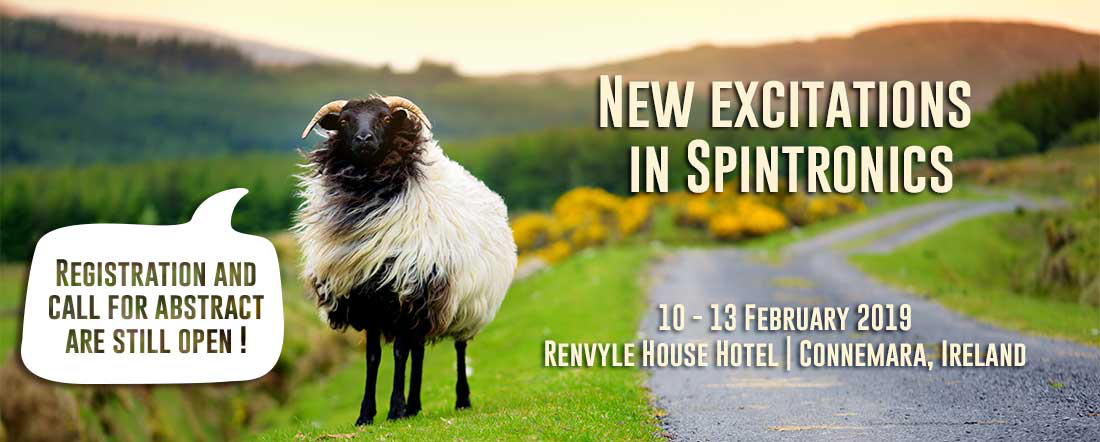Speaker
Description
Neutron diffraction and scattering based techniques play a substantial role in characterising and understanding physical phenomena, including magnetism, in various types of materials. These techniques are widely available to the scientific community, however bulk quantities of the materials are often required. The study of magnetism in thin films by neutron techniques is less common. The properties of nano-structured materials differ significantly from those in bulk due to their high surface-area to volume ratio, substrate induced strain and the interactions and couplings that occur across interfaces. There is a need for alternative techniques that will allow the study of the properties of thin films. In this work we demonstrate how soft X-ray techniques, such as X-ray absorption and X-ray magnetic circular dichroism can be used to study magnetic phenomena in thin film materials.
In this work the zero-moment half-metal Mn2RuxGa (MRG) is considered. The material was first discovered in 2014 and opened a new field of spintronics with no net moment. Antiferromagnetically coupled Mn atoms occupying two inequivalent sublattices give rise to the magnetism in MRG. At the compensation temperature (Tcomp), the net moment of MRG vanishes, hence magnetically it is expected to behave like a uniaxial antiferromagnet. Since XMCD is site specific, it is possible for the magnetic moments of the two sublattices to be decoupled and hence the spin-flop phenomenon can be observed. The results of our XMCD measurements of moment with magnetic field applied perpendicular to the sample at Tcomp and normal incidence are shown in Figure 1. At 8 T the Mn4c moment switches from positive to negative and at 9 T the two sublattice moments are almost equal and both positive which is a signature of a spin-flop. This confirms the similarity of MRG at Tcomp to antiferromagnets.
From our previous magnetometry results, we have observed soft phases occurring in the hysteresis loops, in particular at low temperatures. Also from temperature dependent XMCD of MRG, which probes the projection of sublattice moments normal to the sample, it was found that the moments were lower in magnitude than expected. These findings suggest that the coupled sublattice moments could be canted and this canting could be attributed to the Dzyaloshinskii-Moriya interaction. The in-plane and the out-of-plane components of the magnetic moments of the two sublattices have also been investigated by XMCD. Our analysis confirms the non-collinear nature of the sublattice moments. Further understanding of the results is envisaged within the framework of a torque model, treating the sublattice moments as two interacting microspins. The purpose of the torque model is to provide a 3-D representation of the magnetic sublattice interactions, which will complement our XMCD results in which we are limited to measuring the projection of the 3-D moments in 2-D.

